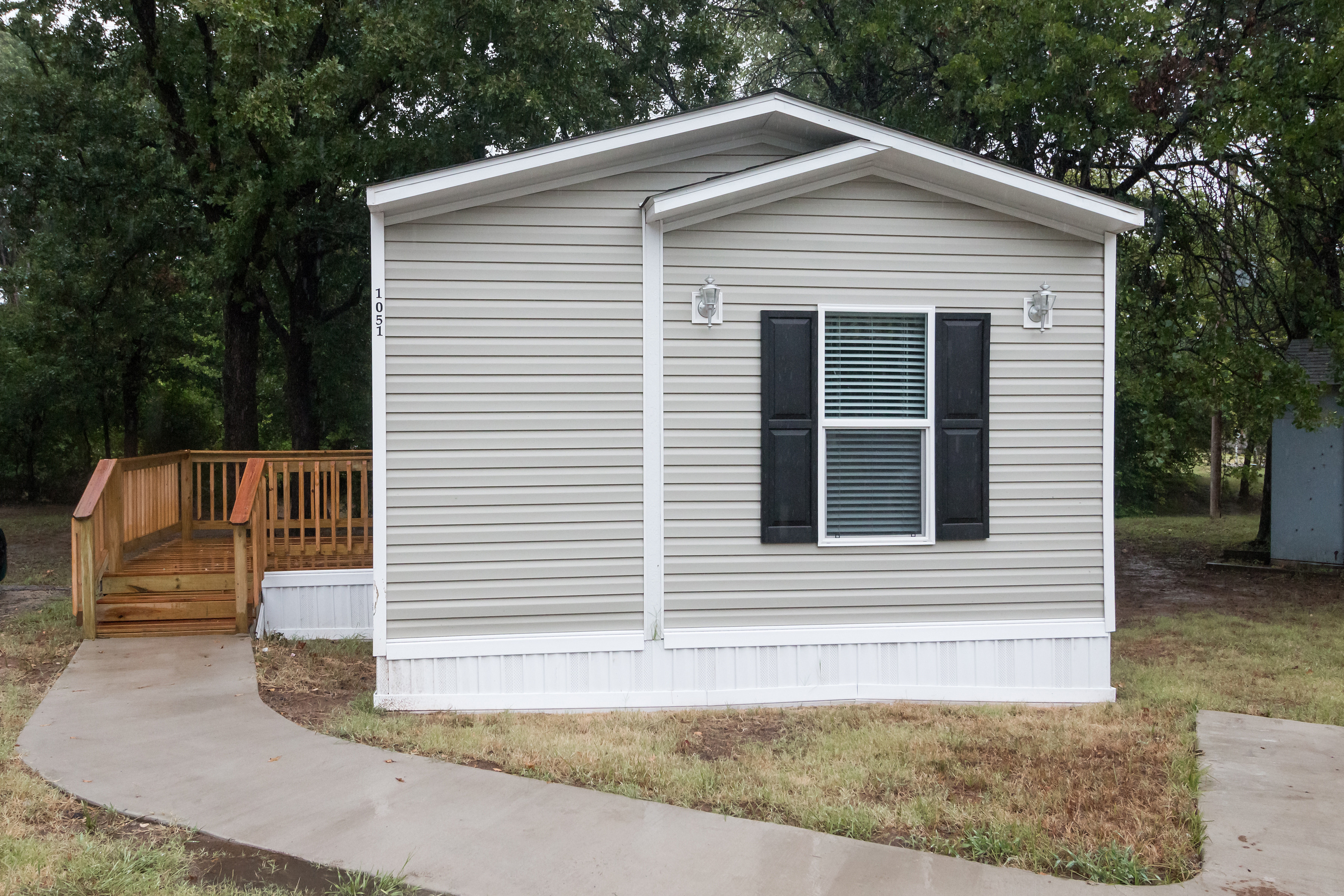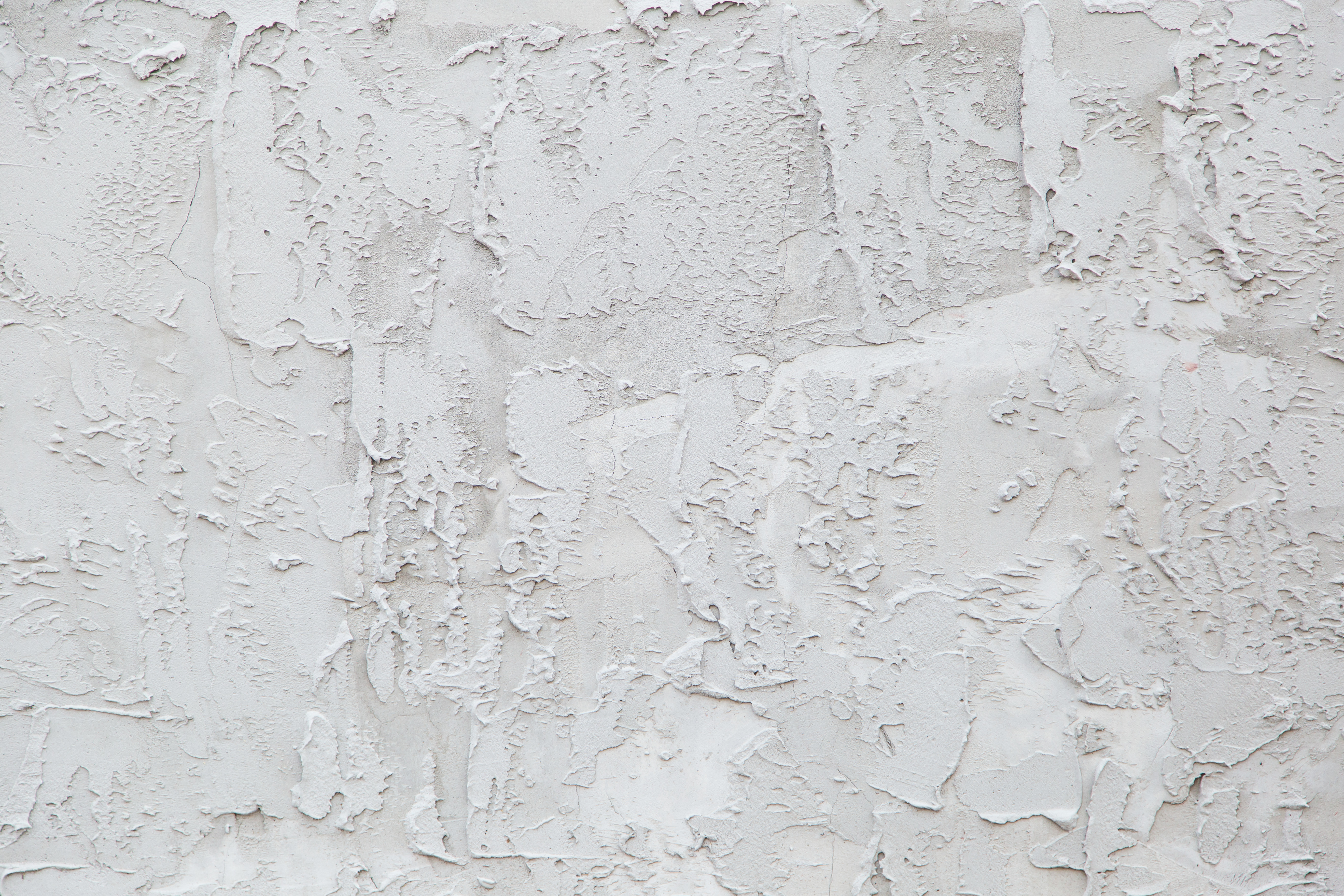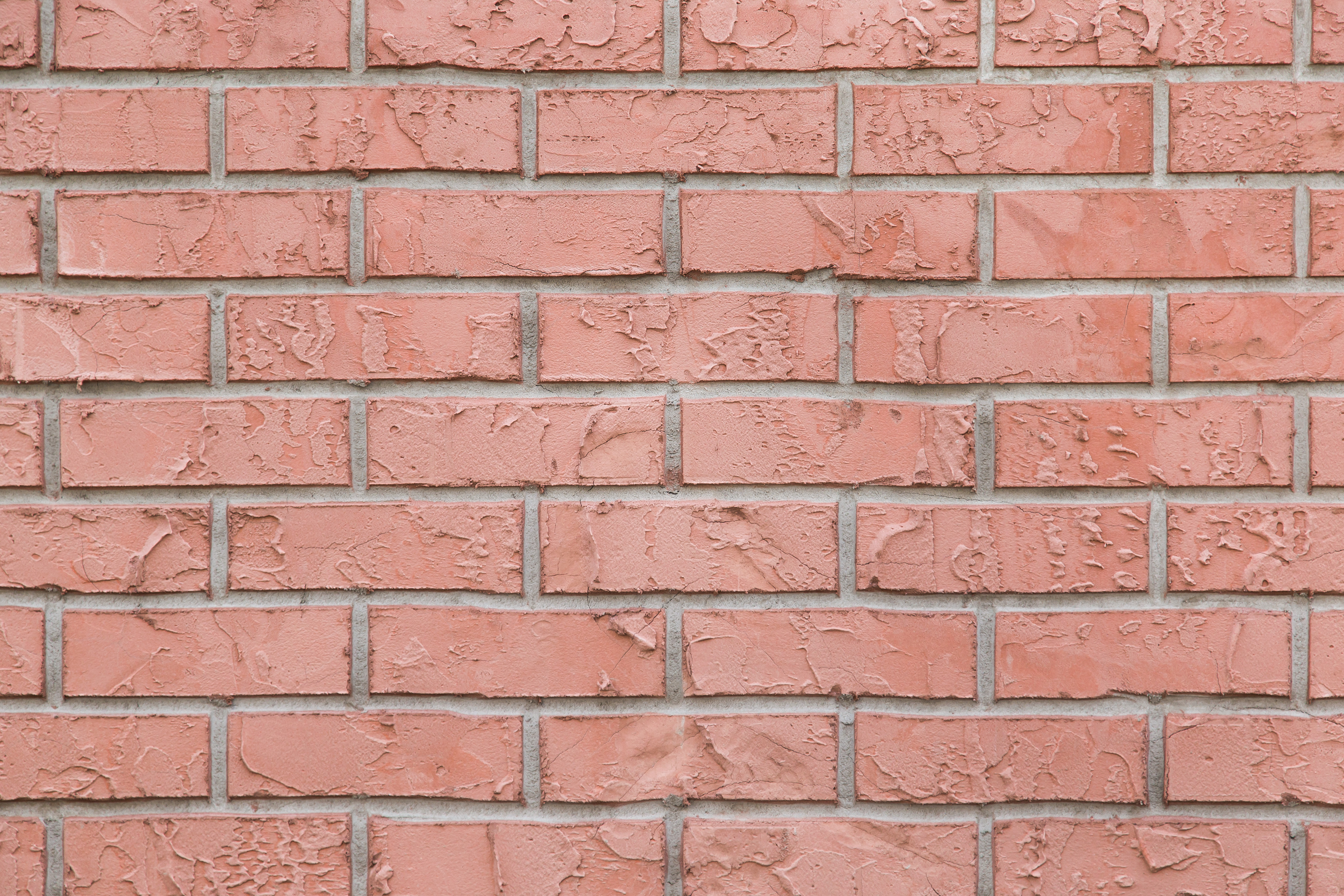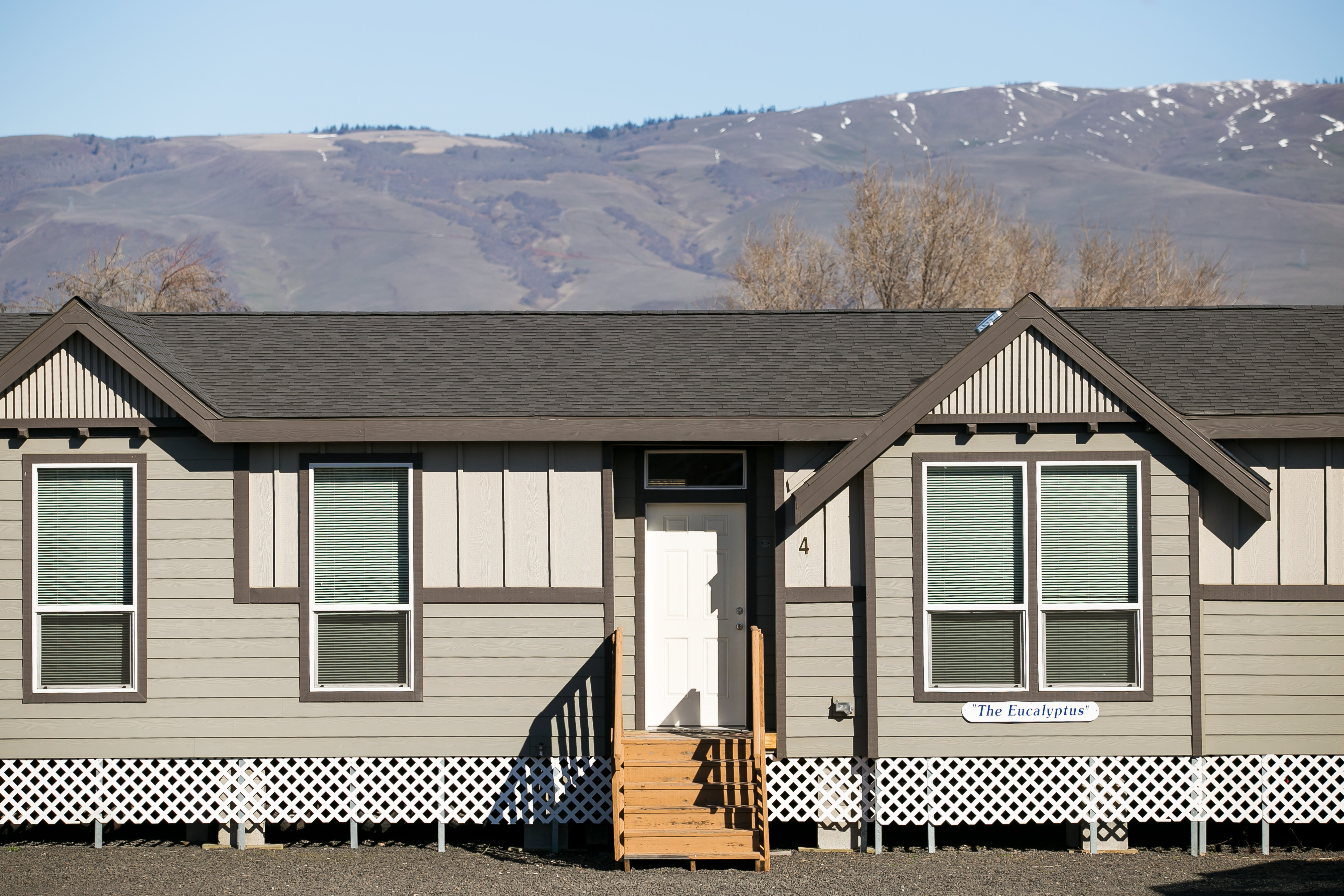

Skirting may be the last item on your mind when thinking about your mobile home. However, it protects many important aspects of your home by wrapping around the bottom of the home. It keeps animals out from under the home, protects the piping and plumbing that runs underneath your home, and it keeps the cold out. It’s not just a style choice.
Whether you are considering the cost, durability, or appearance of skirting, there are tons of options for mobile home skirting.
[caption id="attachment_2317" align="alignnone" width="591"] Vinyl[/caption] [caption id="attachment_2316" align="alignnone" width="593"]
Vinyl[/caption] [caption id="attachment_2316" align="alignnone" width="593"] Concrete[/caption] [caption id="attachment_2314" align="alignnone" width="591"]
Concrete[/caption] [caption id="attachment_2314" align="alignnone" width="591"] Brick/ Imitation Brick[/caption] [caption id="attachment_2315" align="alignnone" width="596"]
Brick/ Imitation Brick[/caption] [caption id="attachment_2315" align="alignnone" width="596"] Lattice[/caption]
Lattice[/caption]
If the skirting on your home becomes damaged, you should repair it or have it repaired by a contractor. It can be pretty easy to fix holes in skirting or to take preventative measures to avoid damage to it altogether.
Vinyl skirting usually gets roughed up by weed eater lines. To avoid this try a skirt guard. This clips into the bottom of the skirting and protects the bottom edge from being torn or damaged by yard tools. There are different types with varying lengths – choose what fits your needs.
If your skirting is damaged you may try repairing small damaged areas yourself pretty easily by using either weather resistant tape or tape made for outdoor use.
You can also purchase skirting panels to replace a damaged section instead of having to replace the whole.
For brick, concrete, or lattice skirting, you’ll probably want to consult a professional as these may involve a little more effort. Vinyl skirting is traditional and can be easier to repair.
We hope this helps you decide on a change for your siding or picking a certain kind!